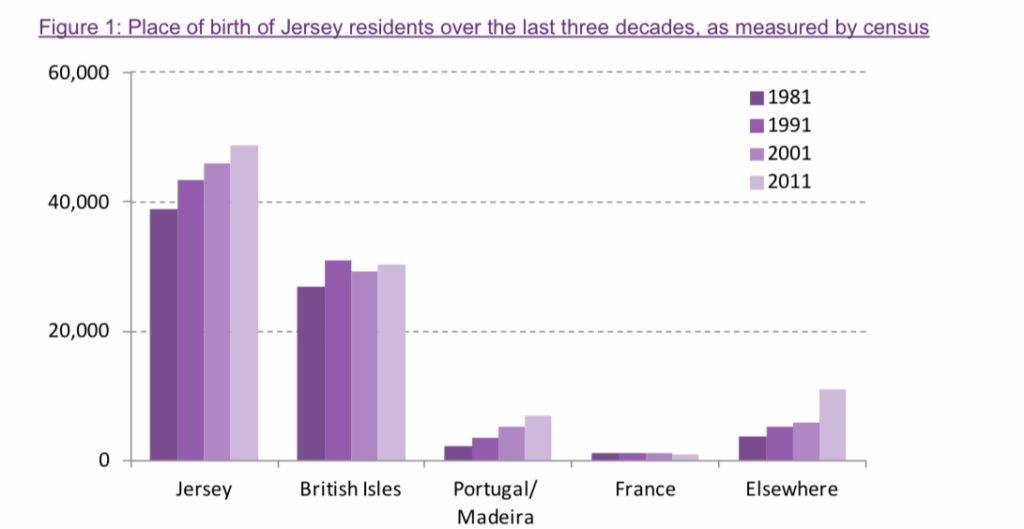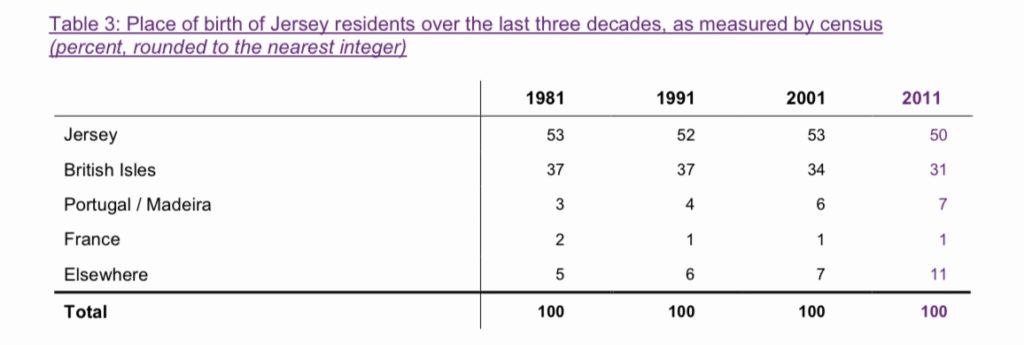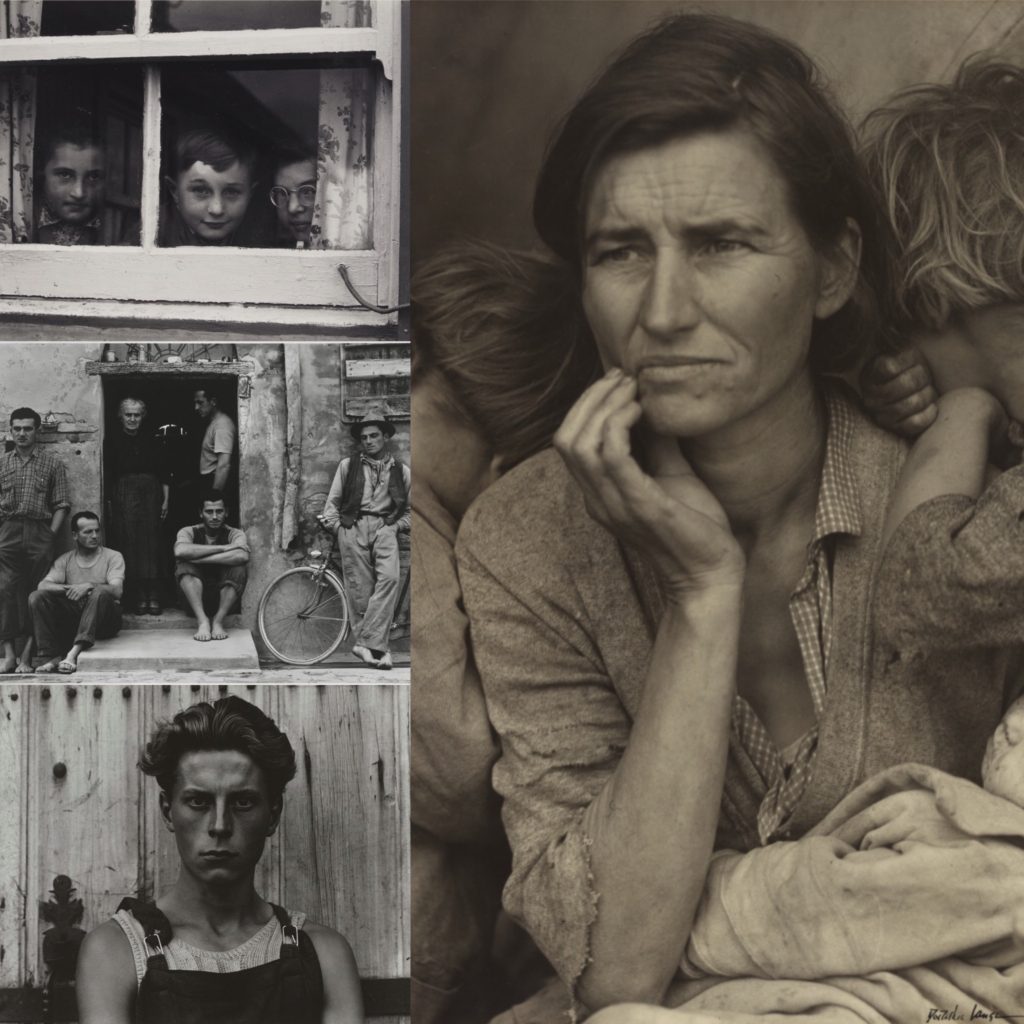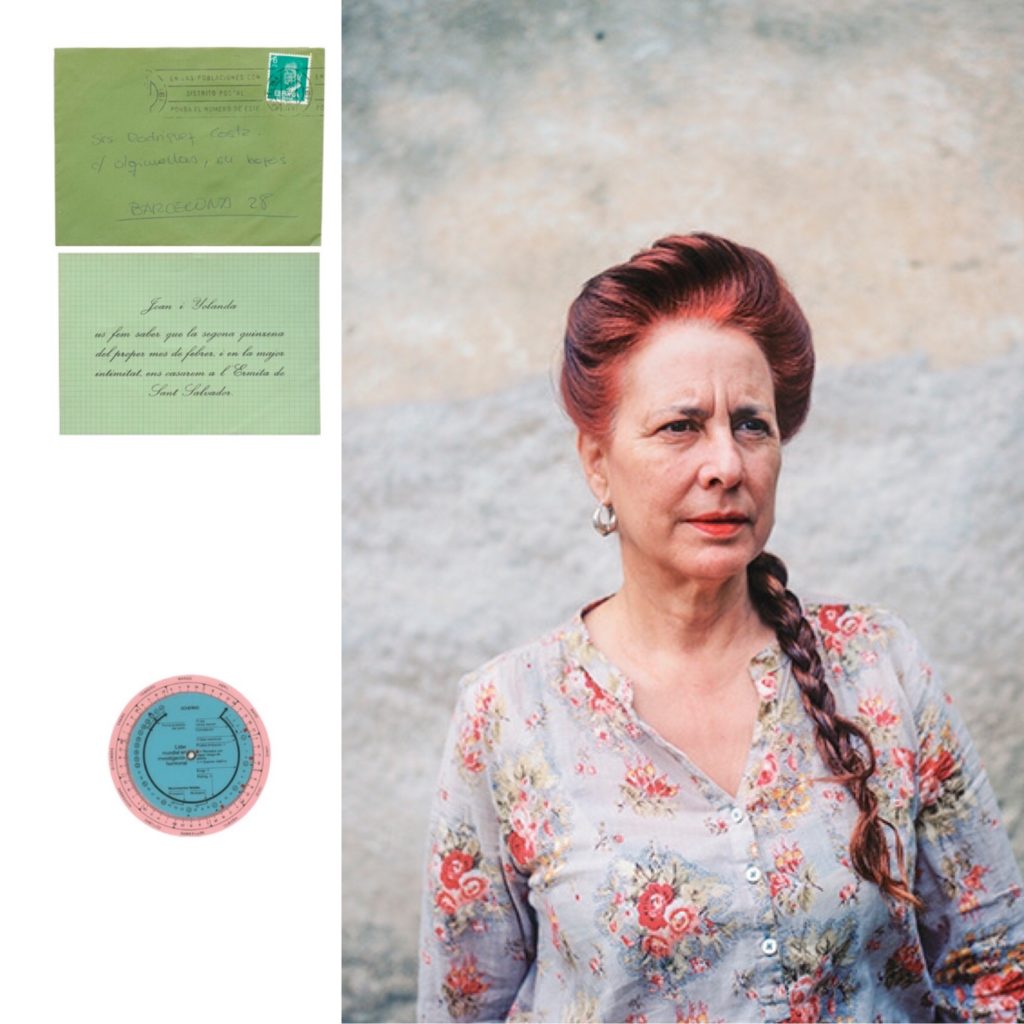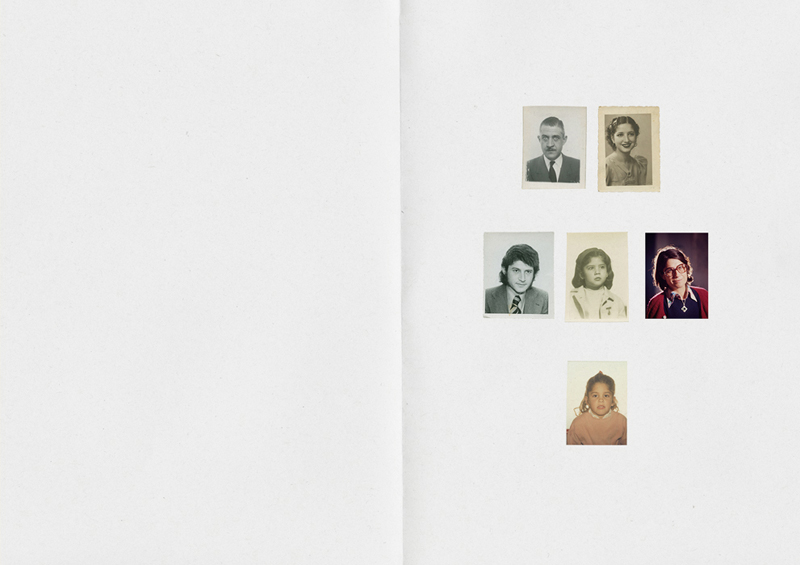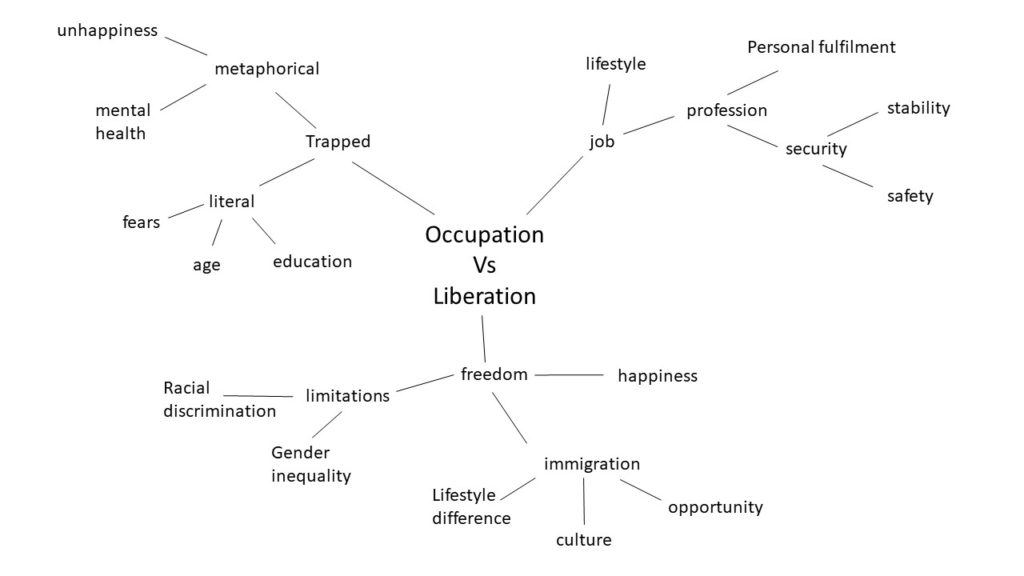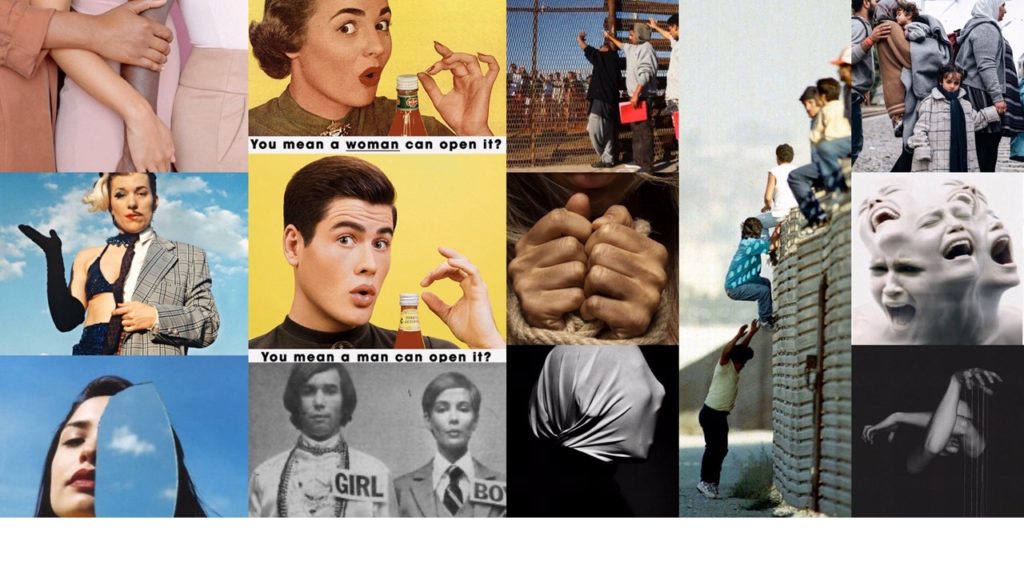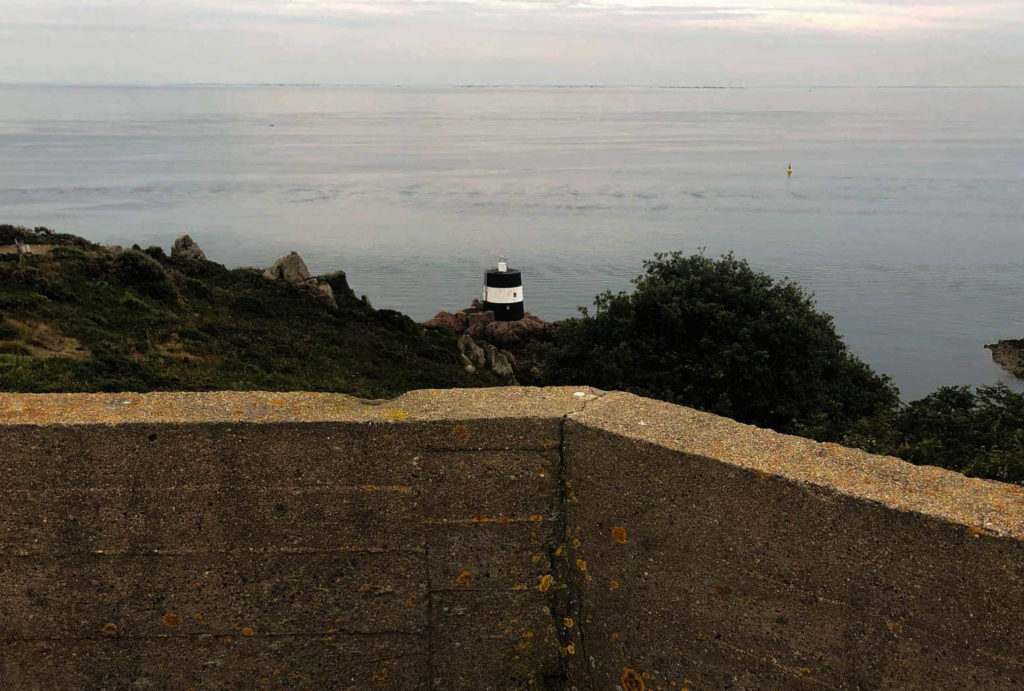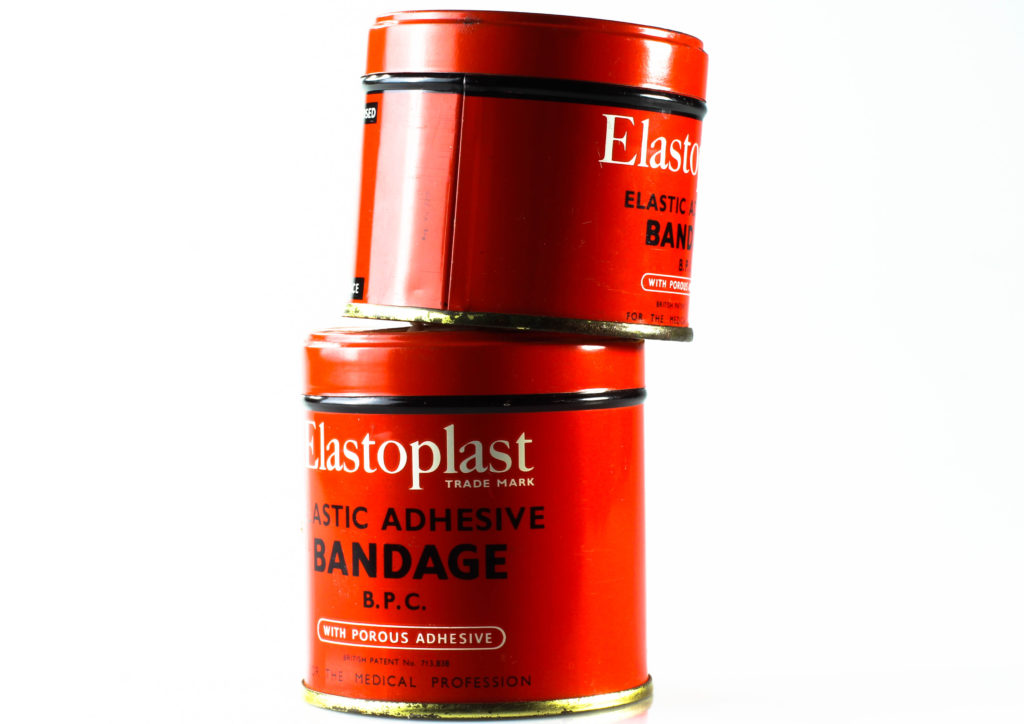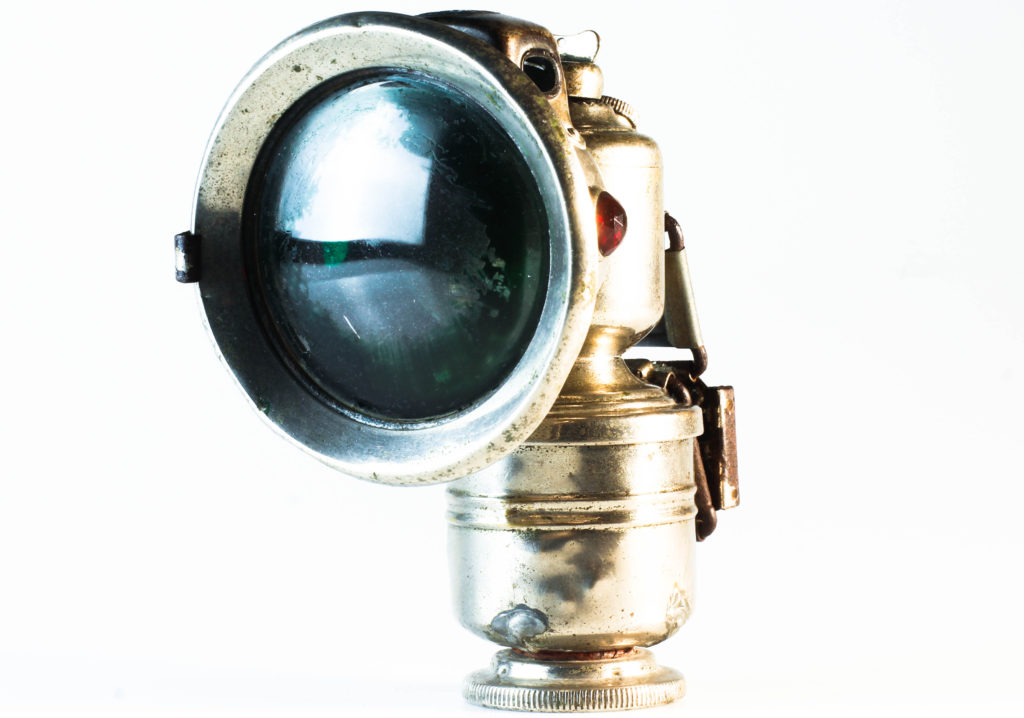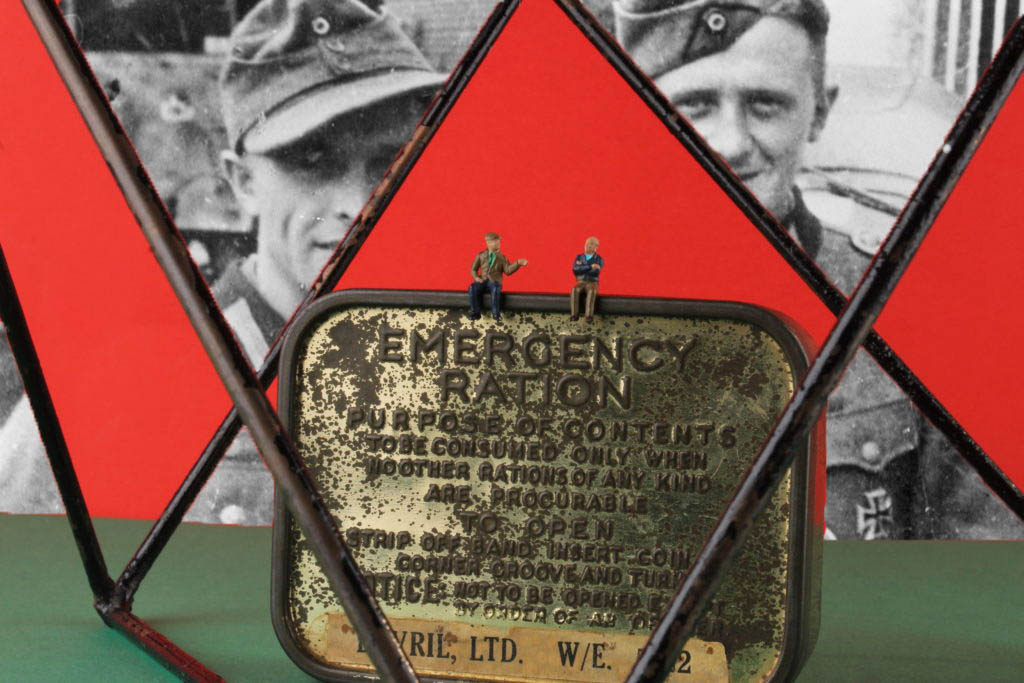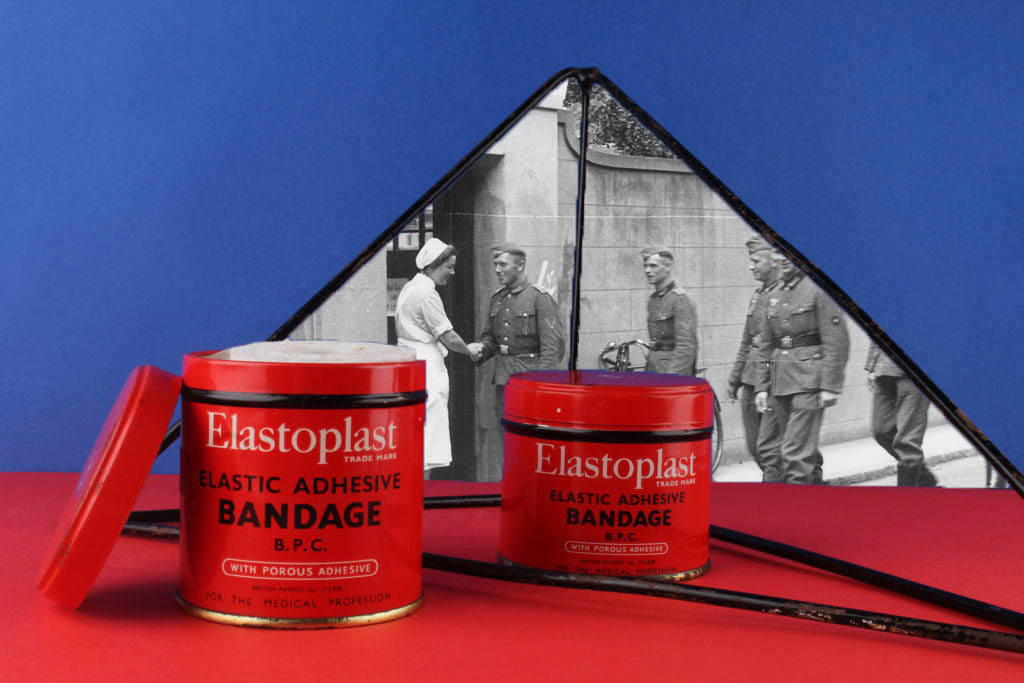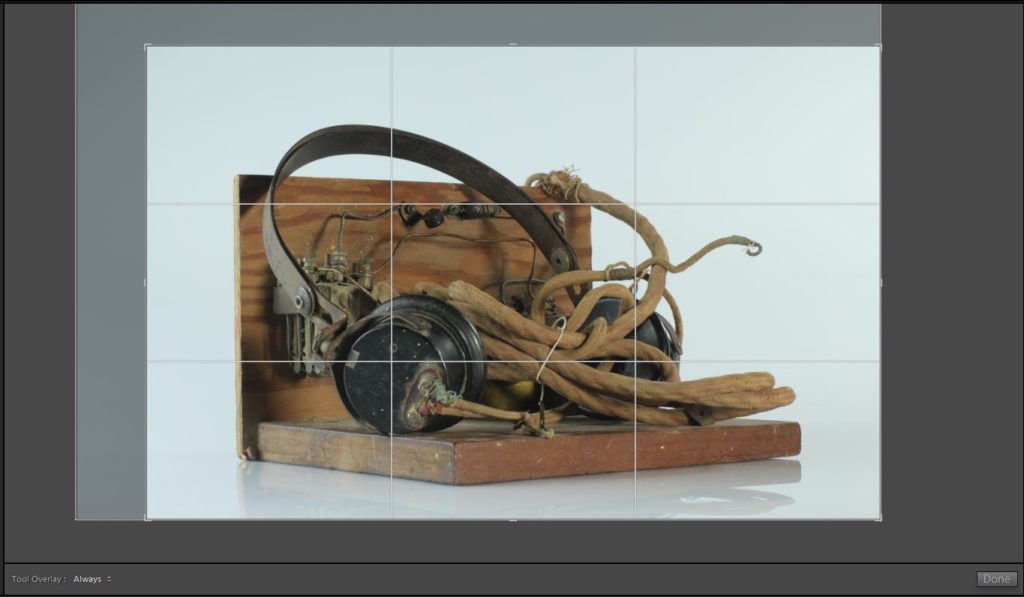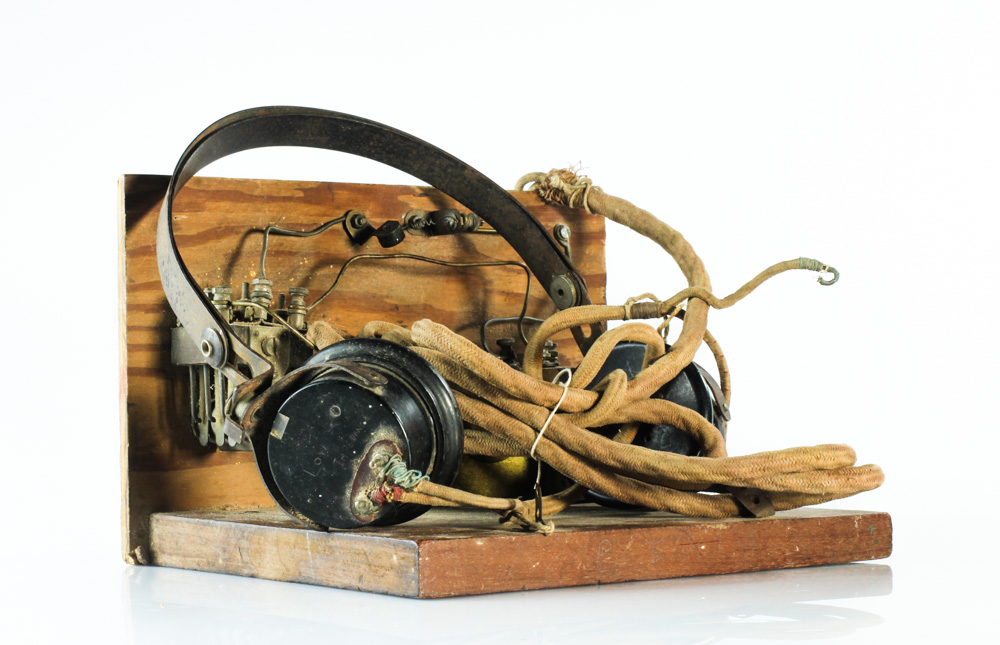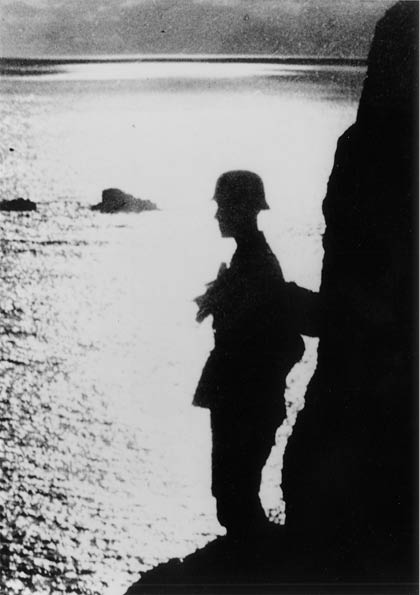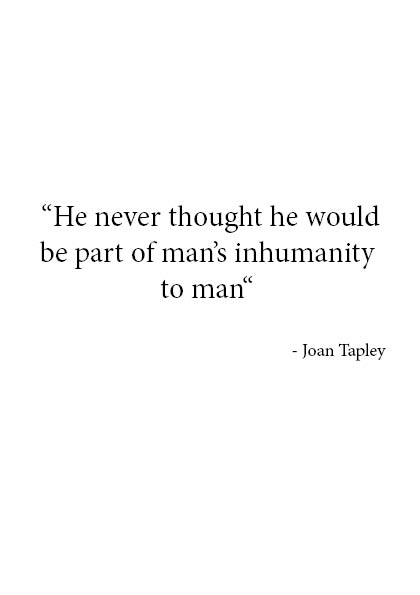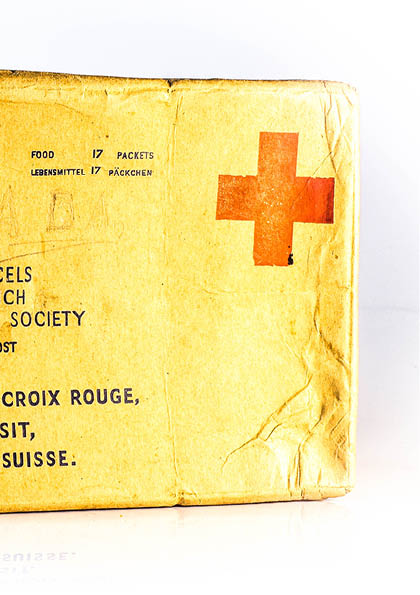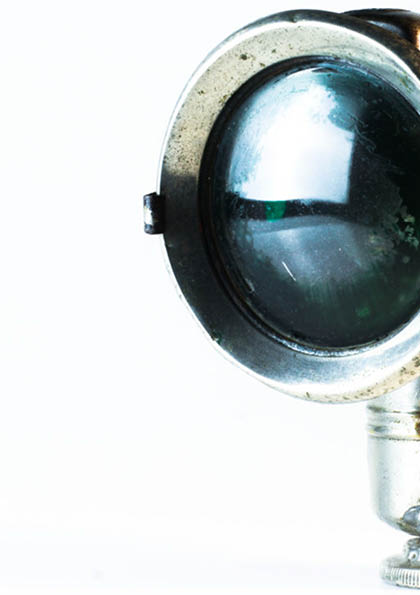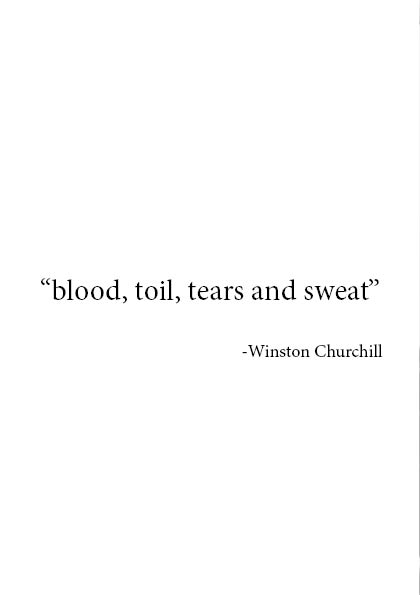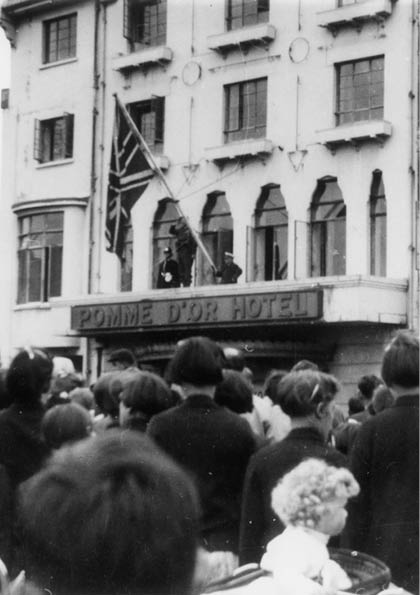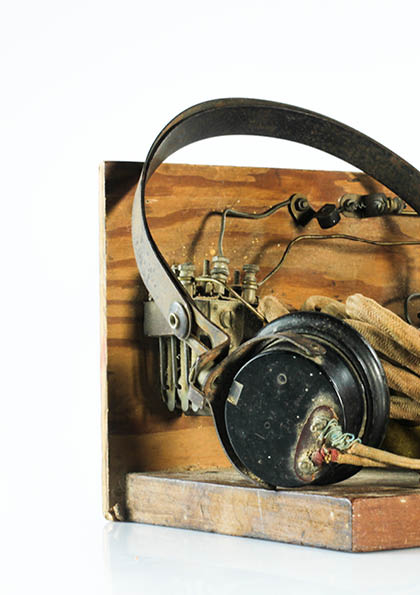Markosian is a Russian American artist of Armenian descent. She war born in Moscow and in 1996 she left to go live in California with her mother and her brother. Until the age of 23 she had no contact with her father. After 15 years of not seeing him she travelled to Armenia to see her father.
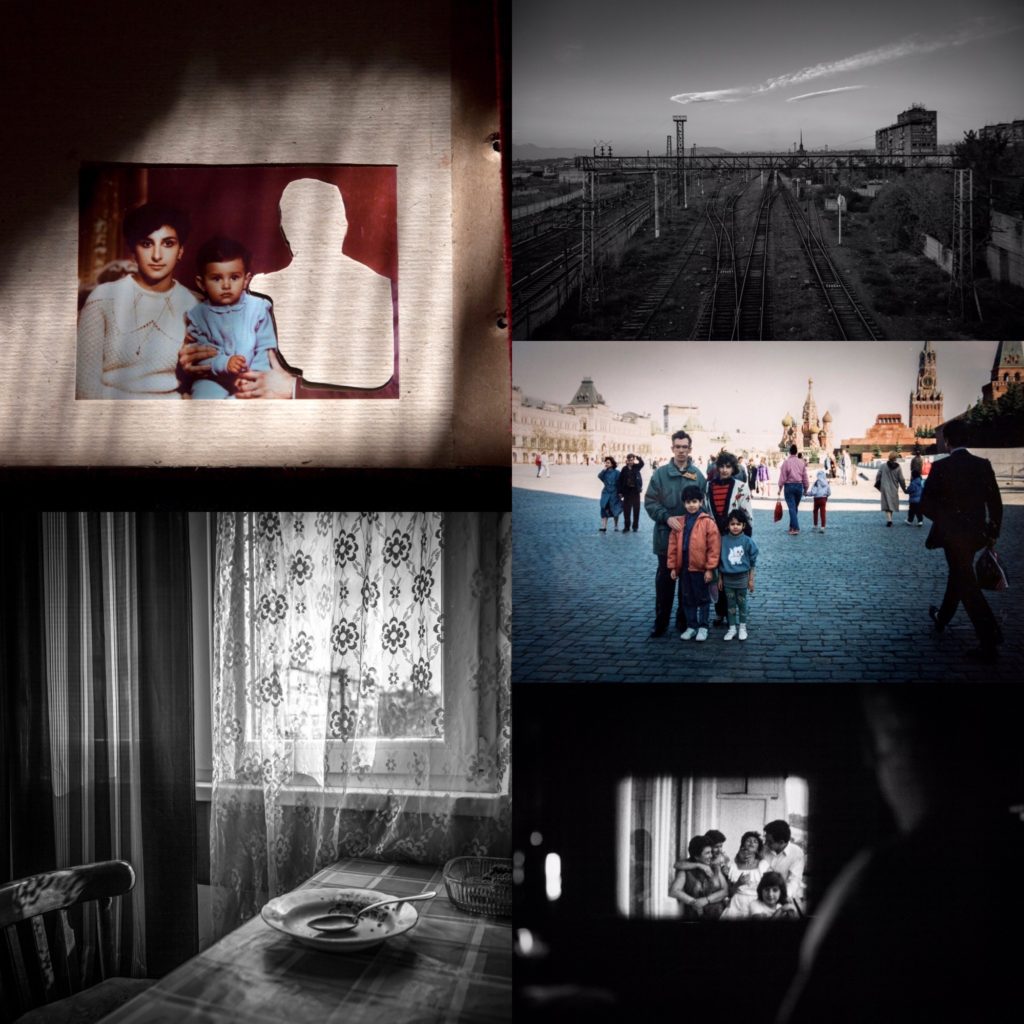
Markosian’s body of work called “inventing my father” is what I will be analysing and exploring in this post.
Throughout this project Diana explores her father’s absence throughout her life through the use of archival imagery, landscape images of important locations and also through photographing objects, letters and newspaper articles. This particular project is very personal, and the artist projects very raw emotion onto her audience through the use of black and white images and through portraits of her father.
“For most of my life, my father was nothing more than a cut out in our family album” – Diana Markosian

I have decided to use Diana as my case study, as one aspect of my family history I feel is important to incorporate into my project is my parents’ divorce. I wanted to see how the artist approached photographing and portraying the absence of a parent through images, as I will need to portray the same.
“I often wondered what it would have been like to have a father. I still do.” -Diana Markosian
Diana also has a project “mornings (with you)” which is almost a part 2 to the above photo series, where she meets her father, gets to know him, and documents it through images of them together in the mornings.
Analysis:
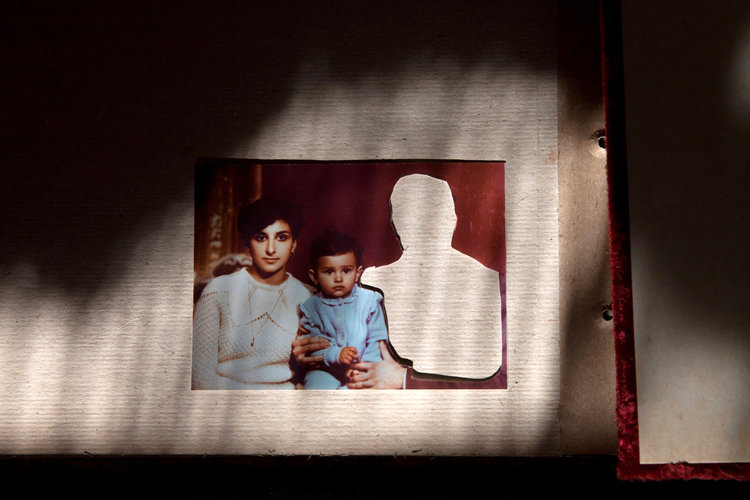
In this image we can see a printed photograph of Diana, her mother and we can also see that her father has been cut out of what would otherwise be a family photograph.
We then learn that Diana’s mother had cut out her father. This image is captioned “This was the closest thing I had to an image of my father: a cut out in our family album.”
Conceptually, It is clear that the absence of her father in the photo reflects his absence in her life. The lack of her father also further emphasises her mother. Which reflects the importance of her mum in her life after loosing her father figure.


